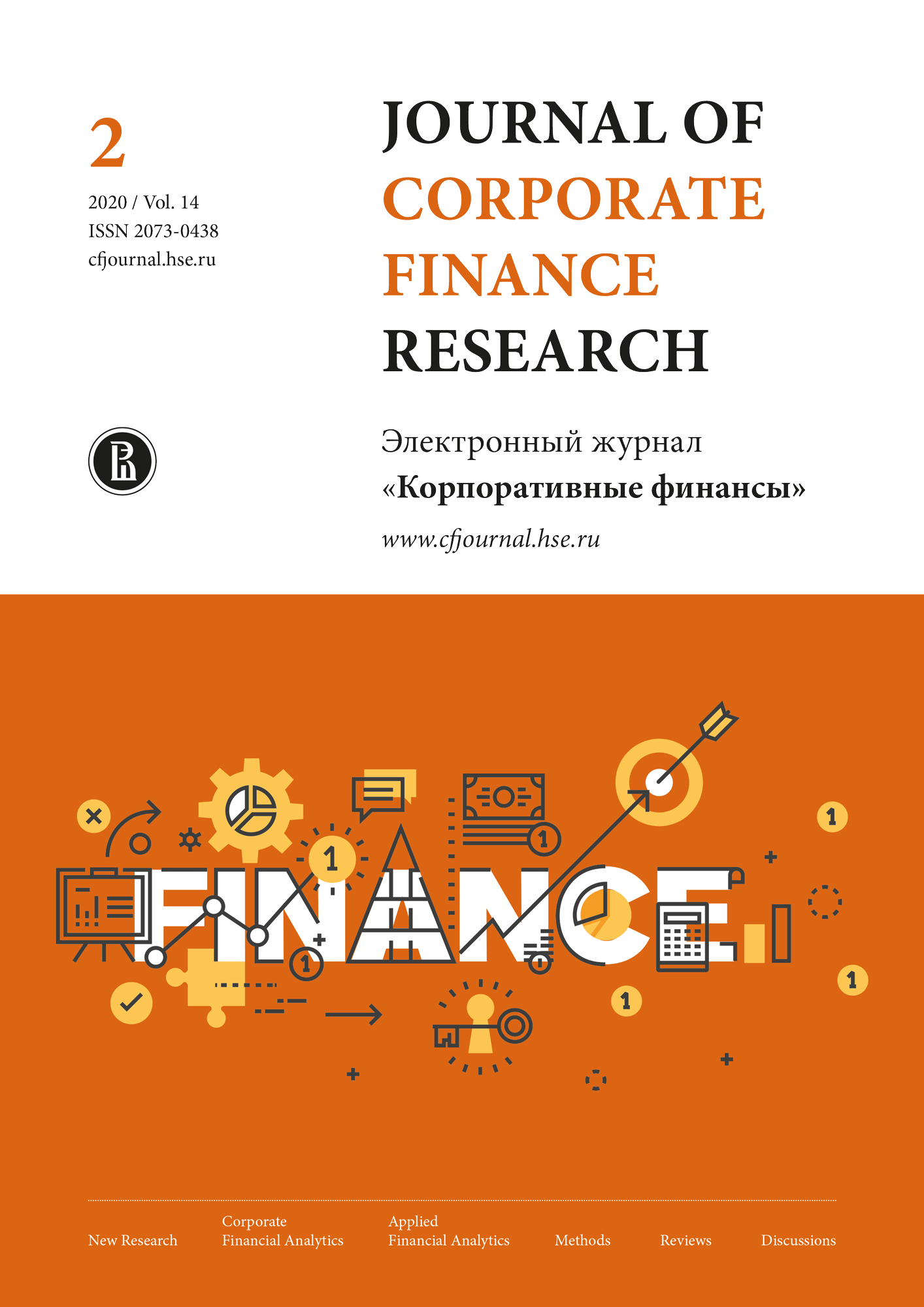Internal Capital Markets in Russian Business Groups: Evidence from Corporate Investments
Abstract
Although business groups occupy strong positions in Russia, existing studies on Russian group-affiliated companies are insufficient yet to provide a thorough understanding of how the internal capital markets of business groups operate and influence corporate activities. The purpose of this paper is to assess the impact of the internal capital markets on the investments of Russian group-affiliated companies.
What motivates the use of internal capital markets? Does the reallocation of intragroup funds help mitigate financing constraints of group members and facilitate their investments? To find relevant answers we apply the generalized method of moments (GMM) to estimate investments models based on data for 514 Russian companies affiliated with 48 business groups over the period from 2014 to 2018. Following the existing studies based on both Q model of investment and the Euler equation model, we analyze the relationship between subsidiaries’ investments and such factors as lagged investments, sales, leverage, asset profitability and liquidity as well as the size of both subsidiaries and their groups.
The results reveal that leverage and profitability of business groups positively influence the investment activity of subsidiaries. These findings support our hypotheses that the internal capital markets of Russian business groups are active and help mitigate the financial constraints of affiliated companies. Meanwhile, we find that subsidiaries’ investment activity is negatively related to their asset profitability which is typical for tunneling or propping practices followed by controlling shareholders. The results also show some evidence of the positive relationship between subsidiaries’ cash flows and investments, demonstrating that the internal capital markets in Russia do not eliminate the financial constraints of group-affiliated companies. The findings on the internal capital markets of Russian business groups described in this paper may be useful for managers seeking for mechanisms to increase the financial resource availability for large and medium companies in the context of sanctions, macroeconomic instability and yet not sufficiently developed financial markets in Russia.

